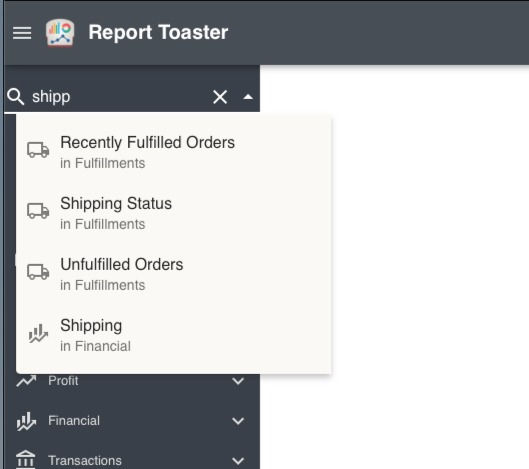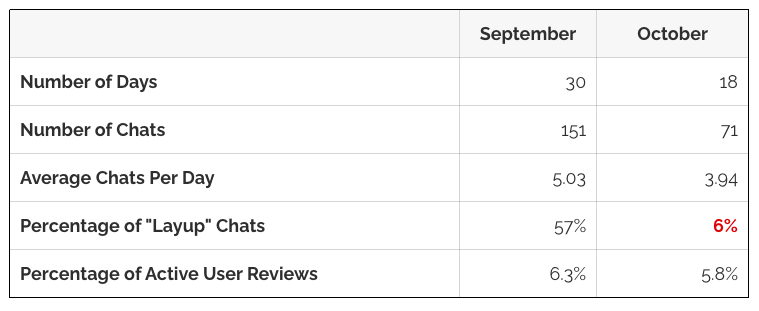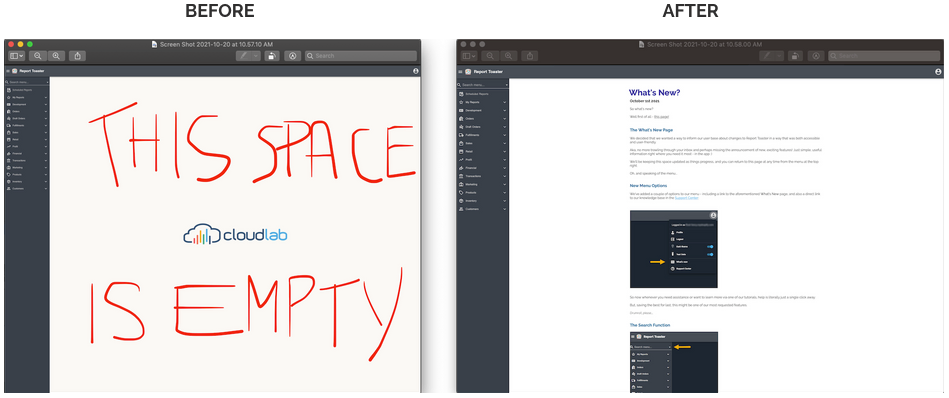Inevitable Maturity: Lessons Learned
- Sam Sesti

- Oct 20, 2021
- 4 min read
Updated: Dec 20, 2021
Whew! We're rapidly approaching the 6-month milestone since launching Report Toaster, and it's certainly been a wild ride. We've just crossed the milestone of having 1,000 active users, and while our company has grown in leaps and bounds, the process has also been a lesson in maturity.
Of course, as anyone that knows me will testify, I have actively avoided the process of maturing my entire life! But as with any rapidly growing startup, it was time to make a few healthy tweaks to our operations that would support this welcome surge of happy customers.

Be Careful What You Wish For
As I've written about in previous posts, providing top-notch customer service is one of our core values. Being constantly available to our customers via live chat has resulted in positive reviews, which in turn has resulted in more installs. Many of these chats were of the "layup" variety. Simply pointing a new user in the right direction, for which they were immediately grateful.
While we embraced this model, it clearly couldn't scale. When inspecting a sampling of past chats, we found that over 50% of them were helping users find one of our pre-built reports. While employing support resources to escort users to an existing report may get us reviews, it's not fiscally responsible.
We started discussions internally about potential solutions. The newest member of our team suggested that we add a search option above our menu system. I immediately dismissed the idea as too simplistic. Could our users really be reaching out to us before taking a look through our existing reports? He pointed out that our nested menu system with 80+ reports could be intimidating to new users. Being new himself, I had to consider that he was the closest thing we had internally to a new user. So we decided to give it a shot.

From a usability perspective, everyone on the team was happy with the results. With just a few keystrokes, a user can isolate reports that match their topic of interest. But would that really result in fewer support inquiries?
Short answer: Yes. And if you've read our blog previously, you know that I also have a long answer, backed by actual numbers! We released the new search feature on October 1st, so this gives us a nice clean break for analysis purposes.

Overall, we are very pleased with the results. Our chats per day went down almost 22%, which is great. But look at the difference in the number of "layup" chats! We eliminated them almost entirely, with only 4 in 18 days.
One somewhat predictable side effect is that our review percentage is down. As observed in our previous blog post, that review number has been a major factor in our growth. So while this was a necessary step in our growth, there has definitely been a tradeoff.
What's New?
The Search function was a pretty easy-to-find feature within the app. But not all of our enhancements are so easily identifiable. We've struggled with how to make users aware of new features.
Our past approach had been to send emails to the email registered with the shop. Our open percentages weren't bad, between 30-40%, but I've never really trusted the shop email address as a direct line to our users. There had to be a better way.
We had some internal discussions and realized we had some prime real estate within our app which was unused on launch. Maybe you can spot it in the "before" and "after" screen captures below.

Subtle, huh? While I love our logo, that space in the app wasn't serving any purpose. We had always planned to have a dashboard there, but haven't gotten that far yet. So in the meantime, what better use than to educate our users about new features?
We took the opportunity to inform about the new Search feature, as well as the What's New section. In the future, we hope our users will be conditioned to check here for new updates.
Big Picture Support
As I've mentioned, our support interactions are almost entirely via in-app chat. I don't have the exact numbers, but chat probably outnumbers email 20 to 1. We are currently using LiveChat as our chat tool and we absolutely love it. As a chat tool, it would be hard to ask for more. Unfortunately, we now need more than just chat.
At the beginning, I was able to handle the chats and still do other things. As our user base grew, this became a real challenge, as I have a company to run. So we added some additional resources to handle chat support.
This is when LiveChat started to show a few chinks in the armor. While it is an amazing chat tool, it lacks the capability to provide a wholistic view of a customer's support history. Each new chat feels like it starts with very little context, which isn't a big problem when one person has been doing all of the support. But once we expanded the support team, new agents weren't always aware of past interactions with a customer. Ever called the cable company and got disconnected, then had to call back and explain your story again? Yeah, we were becoming the cable company. Eek.
So I set out to identify a new system, with the following basic requirements:
Has a chat widget comparable to what we are used to with LiveChat.
Provides a wholistic view of a customer, with their account settings and support history.
Sounds simple, right? Wrong.
I spent the past 4 weeks identifying, evaluating and ultimately choosing a new support service. Which is the reason I've been neglecting the blog, among other things.
Much to my surprise, we ended up going with Zoho CRM Plus. This was after evaluating all the usual suspects, including Zendesk, Freshdesk, and Help Scout. We aren't quite live yet, but so far we are thrilled with the package and everything it offers, especially for the price.
Good Problems to Have
Every time I complain to my best friend about my annual tax bill, he reminds me that you only pay taxes when you're making money. I guess these lessons learned would fall into that category. We are only facing these challenges as a result of growth. So I'll put them in the "W" column and move onto the next.



Comments